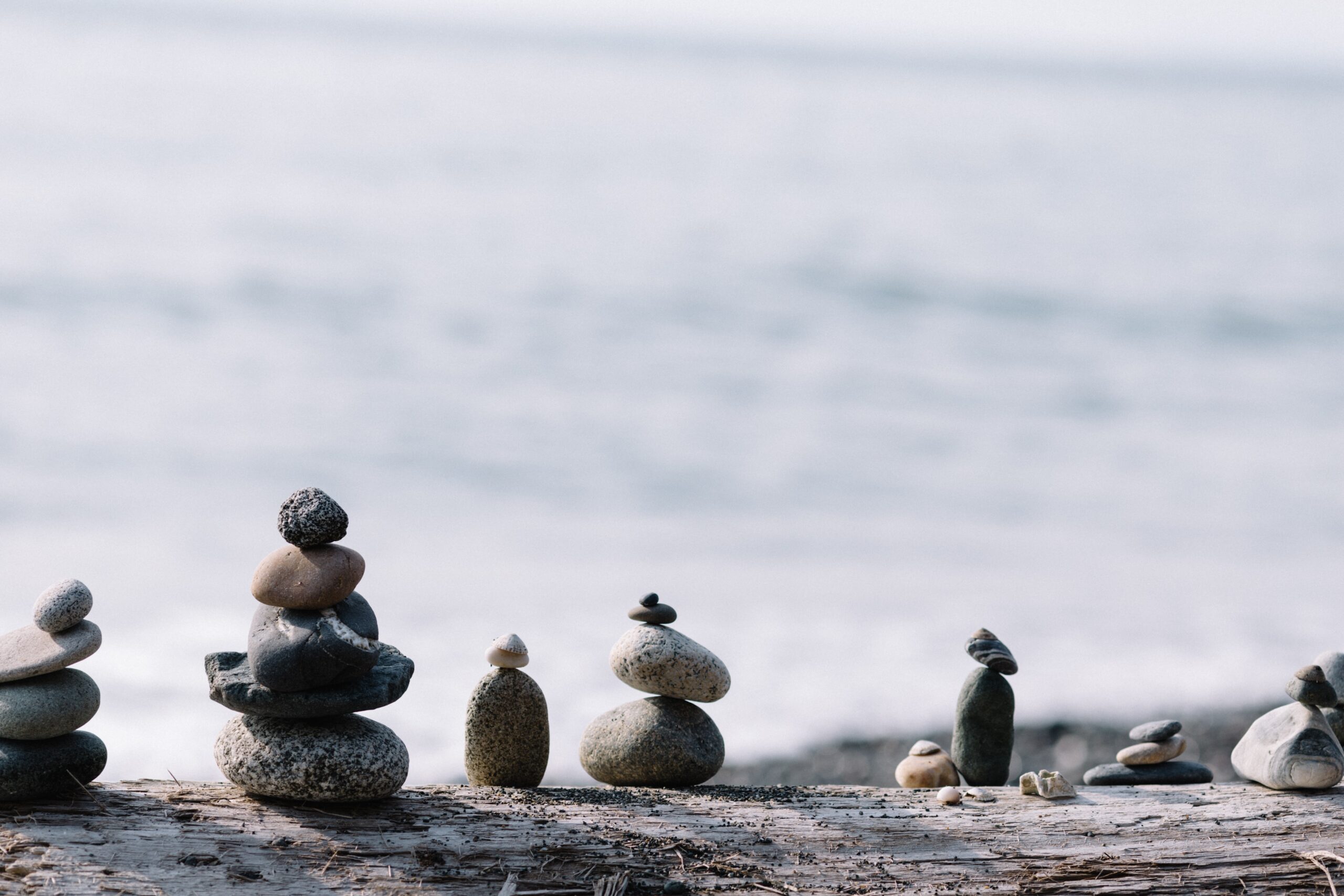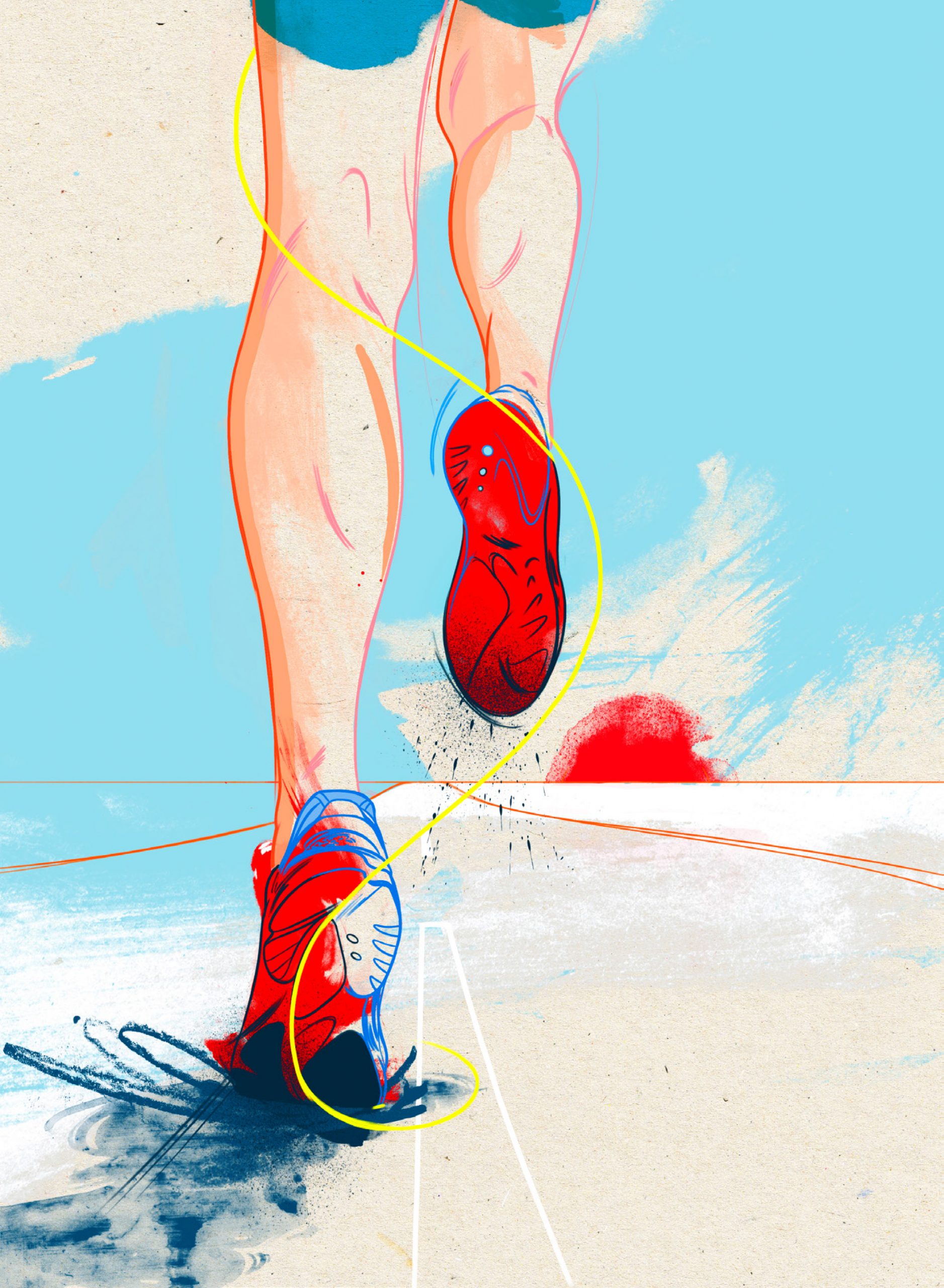The Contentment Foundation has developed a simple method for feeling balanced no matter what life throws at you.
What’s the secret to happiness?
It was deep within Eastern Bhutan that American psychologist, Dr Daniel Cordaro, got his first glimpse of an answer. He was there on a research trip with his team from UC Berkeley conducting the world’s largest study on the cross-cultural expression of human emotions, and he was beginning to recognise a universal theme.
“We were surprised to find that contentment resonated with most of the people we studied as central to realising sustainable happiness in life,” says Cordaro.
Bhutan was the last stop on their list, a small Buddhist kingdom known for their progressive climate policies, and commitment to citizen happiness. There, Cordaro and scholars Lisa Flynn and Dr Dorji Wangchuk, visited one of the last uncontacted people groups in the world, and were met again with a familiar word: “contentment” – or “chok shay.”
Directly translated, “chok shay” means “the knowledge of enough”. In other words, “right here, right now, everything is perfect as it is without needing to do anything more.”
“It was a simple, yet revolutionary concept for me,” says Cordaro, “because instead of striving to be more, have more, and do more, contentment meant that I was already whole just as I was.” The villagers were poor by Western standards, but they were rich in community and a rich philosophical lineage.
There was a palpable sense that they really were content. This contrasted dramatically with what Cordaro experienced back home, where people can never seem to attain enough money, friends or success.
Determined to find the answer, Cordaro returned home to continue his research. Leading a team of psychologists from the Yale Center for Emotional Intelligence, he dug deep into the wisdom of ancient cultures and philosophical literature and spent years testing these principals using the scientific method.
This led Cordaro and his team to define four pillars of wellbeing to adopt for a more contented life. While Cordaro believes these pillars are beneficial to everyone, he is particularly passionate about teaching the techniques to the next generation of world leaders. Along with his wife Lisa Flynn, in 2016 he co-founded the Contentment Foundation, which offers child- and adult-centered wellbeing curricula to schools internationally.
“The Contentment Foundation believes in a world where happiness is cultivated from the inside-out. We encourage people to draw their attention inside and discover for themselves the unconditional wellness that has been there all along,” he says.

The four pillers of wellbeing
Piller one: Mindfulness
Humans have been practising mindfulness for thousands of years. Recently, mindfulness has become very popular, with apps and classes touting its benefits; and more than 3000 studies confirm that there are psychological and physiological advantages to “being present.”
Mindfulness helps us “self-regulate,” noticing feelings as they arise, so we can manage our emotions more effectively and feel more balanced. Simply taking a couple of minutes to focus on the breath can bring remarkable changes to your physiology and psychology, boosting the immune system, as well as building mental resilience and developing a greater sense of overall wellbeing.
Try this: Sit or lie down in a comfortable position. Bring your attention to your breath. For two minutes focus on the sensation of your breath. If your attention drifts, acknowledge what made you lose focus and return your attention to the breath. Be mindful of sensations that arise, what are the physical feelings in your body, thoughts, etc. Notice them and gently bring your attention back to the breath. The goal of this exercise, says Cordaro, is to eventually transition these techniques into everyday life.
Piller two: Wellbeing Community
Humans used to live in small, tightly knit communities. Today, our lives are more isolated, which is having a negative impact on our wellbeing. Studies show that loneliness is a growing concern across the globe.
More people report feeling isolated and disconnected. Being a part of a community can create a buffer against stresses and anxieties, and provide a safe place for support. Tapping into communities can help us work towards our goals, while helping the rest of the group achieve theirs.
“By bringing out the best characteristics in ourselves, we bring out the best in others,” says Cordaro.
Try this: Take some time for real human interaction with friends, family, or new people with similar interests. Check out meetup.com to see what groups gather in your area. Whether you’d like to connect over a hobby or work with others to reach a particular goal, you may be surprised by the diversity of communities available to you. You could start a wellness circle and invite like-minded people to connect monthly. Volunteering is another great way to connect with your community. Studies have indicated that helping others can, in turn, help ourselves.
Piller three: Self-curiosity
Self-curiosity is a simple practice of developing an attitude of wonder toward our thoughts, feelings, and life situations. When we’re curious, we’re open to learning from what life has to offer, rather than resisting.
According to the National Health Foundation, more than 80 per cent of what we think is negative and up to 95 per cent of our thoughts are the same as the day before. These thoughts are not necessarily the objective truth, they are simply stories we tell ourselves.
Practising self-curiosity can help us explore repetitive thought patterns. Over time, this can help us recognise “false stories” and identify negative patterns in our thinking. Being curious about our experience allows us to become less reactive over time, significantly increasing our sense of wellbeing and self-awareness.
Try this: Practice checking in with yourself on a regular basis. Often our biggest, most overwhelming emotions appear after we’ve neglected more subtle signs of those feelings. Ask the who, where, why, and how surrounding your emotions. This will help prompt more insightful responses. You can journal or even doodle your answers if that resonates with you.
Piller four: Contentment & Balance
Contentment is a simple but profound emotion that is always available to us if we choose. It is the knowledge of enough, that no matter how much or little we have, how good or bad we feel or what we do or don’t do, we are whole within.
According to Cordaro, much of the suffering we experience from negative emotions is to do with our relationship to them. Once we embrace them and allow them to pass through us without judgement, the intensity of the emotion fades.
Paradoxically, chasing positive emotions can make us depressed and anxious, constantly seeking positive experiences and emotional highs. Being content allows us to find balance and peace.
Try this: Journal all the ways you are enough, without the need to do or be anything else. Reflect on the things you are grateful for; all aspects of your life that are enough. It can be as simple as having a roof over your head. Try the following thought exercise. Imagine that all of your anxieties, beliefs and experiences are temporarily wiped from your memory. Explore how that would feel. Would you still be whole without those experiences? Tap into that profound sense of peace that exists outside of these mental anchors.







